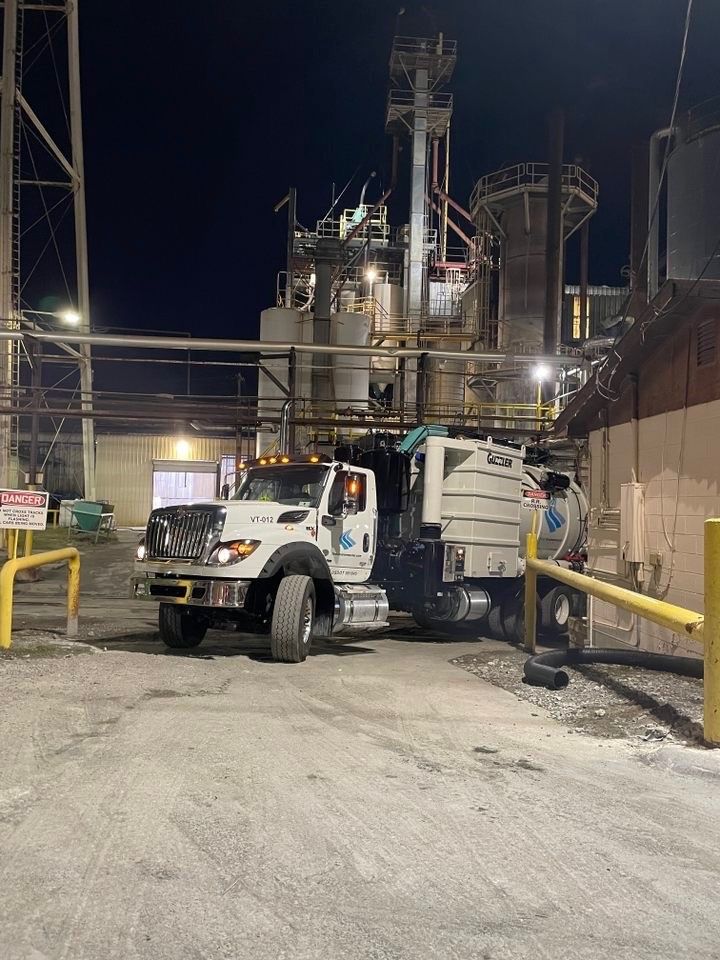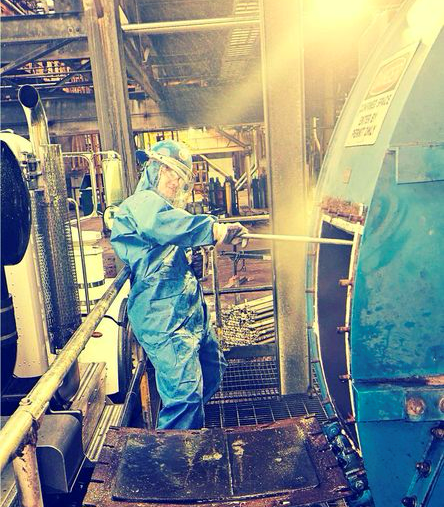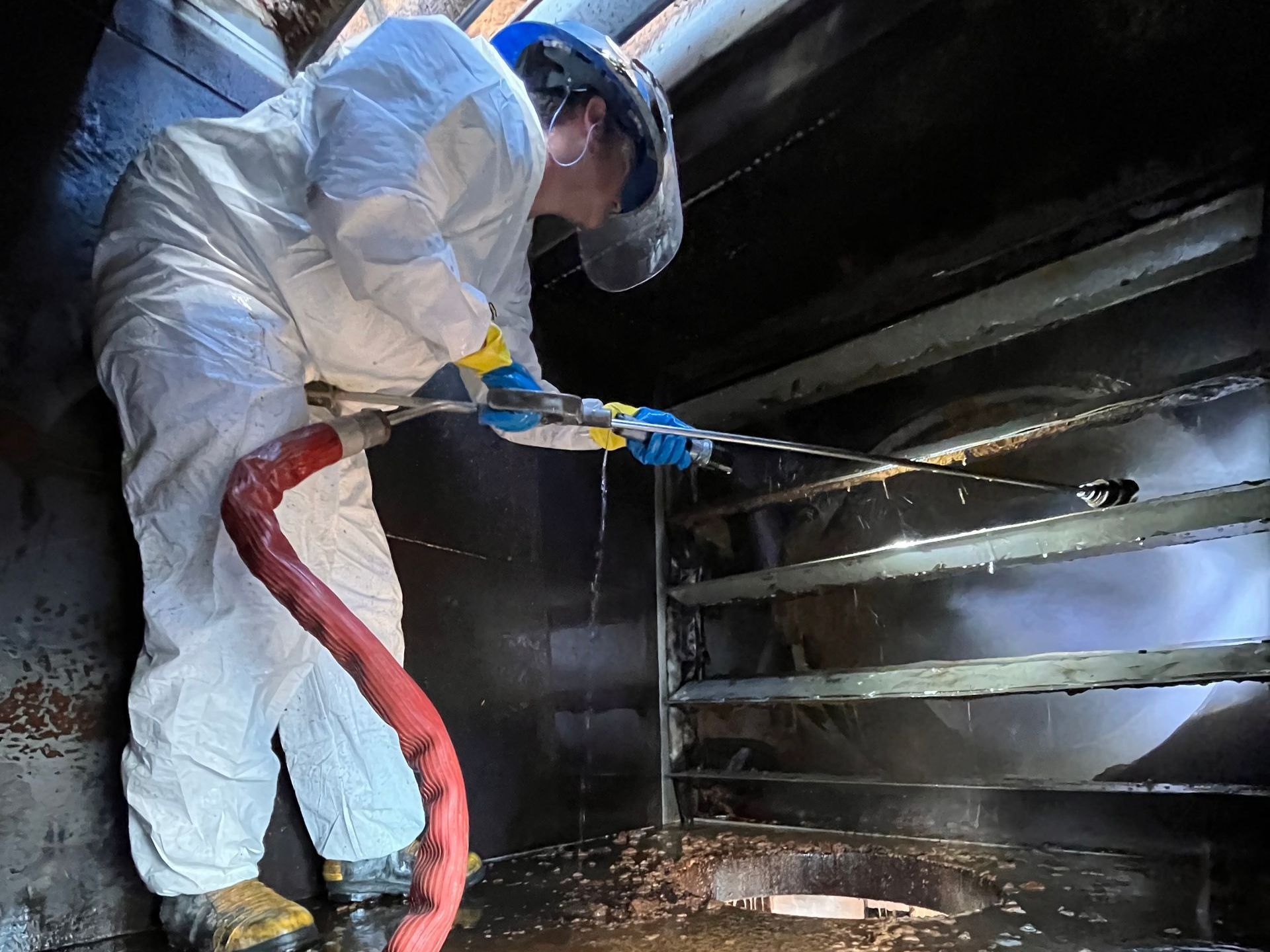Everything You Need to Know About Hydroblasting
Hydroblasting, also known as water blasting or high-pressure water jetting, is a powerful industrial cleaning process that utilizes a high-pressure stream of water to remove unwanted substances from surfaces. The process involves the use of specialized equipment that can produce water pressure of up to 40,000 psi (pounds per square inch), making it an efficient and effective method for cleaning, surface preparation, and other industrial applications.
Hydroblasting is a versatile technique that can be used for a wide range of tasks, from removing paint and coatings to cleaning pipelines and tanks. With its ability to provide precise and controlled cleaning, hydroblasting has become an increasingly popular method in many industries, including manufacturing, construction, and oil and gas.
What is hydroblasting used for?
Hydroblasting is where highly pressurized water is used to clean the interior and exterior surfaces of tanks, pipes, product lines, storage vessels, catch basins, boilers, reactors, evaporators, etc., without using harsh chemicals abrasives. Hydroblasters are also utilized when cleaning condenser tubes, ductwork, drainage systems, digesters, cooling towers, and wastewater treatment basins. Basically, the water is used to remove stubborn materials by force and flow. It can also be used to cut into flammable tanks without the risk of fire.
How does hydroblasting work?
Force and flow refer to the pressure and the amount of water. Depending on the material to be removed and the surface it is being removed from dictates which tool should be used. The experience to know which tool is best for the job is one of the reasons to choose First Environmental. The 10K is a 10,000 psi unit. Similarly, a 20K and a 40K represent higher pressurization and lesser flow. If the goal is to remove a specific substance, both force and flow have to be considered. More flow means more water, but also more movement of the materials. More pressure means more “cutting” and less movement. The balance between these two approaches is essential to a “clean” project. One important consideration is the surface that is being cleaned. Water at high pressures can cut steel and other surfaces, so applying the right solution is critical.
Did you know? Hydroblasting can be “automated.”
Our primary hydroblasting work is manual (operated by our personnel and controlled by hand), which allows us to utilize both a narrow stream used for cutting material and a broad stream used for moving material. This is accomplished using lances, guns, and other water delivery devices.
First Environmental also performs automated cleaning for specific jobs. This includes certain 3D tools that allow us to clean the inside of tanks and structures without entering the space. We choose the right tool for the job in conjunction with the proper pressure and flow. Confined space cleaning, tank cleaning services, and pipeline cleaning are jobs that could require automated hydroblasting, and we are experienced in performing this action.
Our hydroblasting services are top-rated and will limit downtime. Our versatility allows us to perform many different industrial cleaning jobs to solve our customer’s problems.
Call 888.720.1330 to schedule service or speak with a representative about your hydroblasting needs today!
Just remember, water blasting is a common term, and it is the same as hydroblasting (hydro-blasting) and is used interchangeably.





